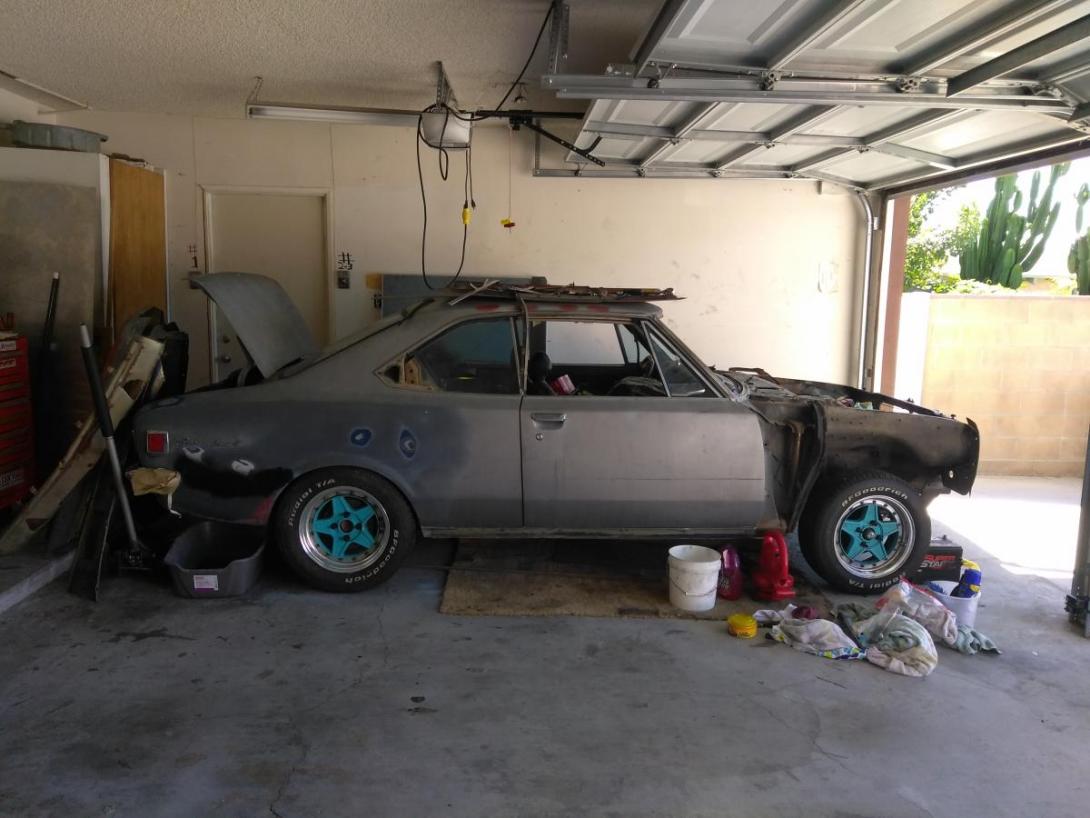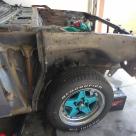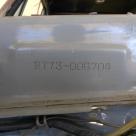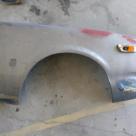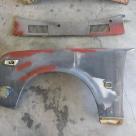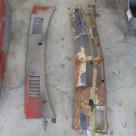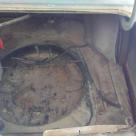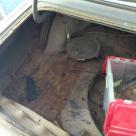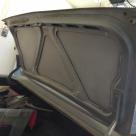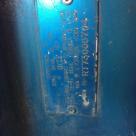1972 Toyota Corona Mark II Gen 1 T73 coupe
Specifications
Paint color code
Grey
Trim colour and material
Black
Mileage
Unknown
miles
Transmission
Automatic (column shift)
Engine Type
4 cylinder
Vehicle location
United States , California , San Pedro
1972 Toyota Corona Mark 2 2000 GT 18R engine Automatic Transmission, black interior, missing a windshield but other then that the car is complete. Car does not run. The car also has very minimal rust. There is a little rust behind the pasaanger side tire, and also a little rust on the fender rails (pics included). It's a rare car with ALOT of potential. I would be interested in selling it. Asking 3K OBO all the parts you see taken off the car I still have, I took the front clip apart to look for rust. Send me a text or email. (Text preferred) 424308nine9five3
You are about to contact the author of this vehicle.
Be aware this vehicle has currently not been listed for sale!
So refrain from price bidding.
